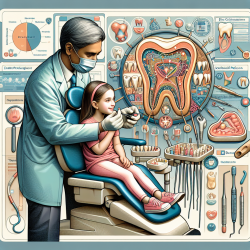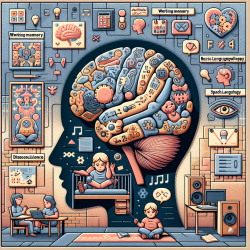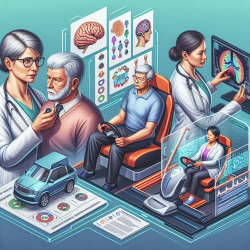Introduction
In the dynamic field of speech-language pathology, the integration of vision science can significantly enhance therapeutic outcomes for children. The Asia Pacific Conference on Vision 2016 brought together leading researchers to discuss advancements in vision science, providing valuable insights that practitioners can leverage to refine their skills and improve child outcomes. This blog explores key findings from the conference and encourages further research and implementation in therapeutic practices.
Key Findings from the Asia Pacific Conference on Vision 2016
The conference highlighted several groundbreaking studies, including those on motion perception, plasticity of the human visual system, and the development of facial expression recognition. Each of these areas offers potential applications in speech-language pathology, particularly in the context of online therapy services like those provided by TinyEYE.
Motion Perception and Therapy
Shin’ya Nishida's keynote on motion perception emphasized the importance of understanding visual motion processing in real-world contexts. This research can inform therapeutic strategies by highlighting how children perceive and integrate motion cues, which is crucial for developing effective communication skills. Practitioners can incorporate motion-based activities in therapy sessions to enhance children's perceptual and motor integration skills.
Visual System Plasticity
Maria Concetta Morrone's research on the plasticity of the human visual system underscores the brain's adaptability throughout life. This finding is particularly relevant for children with visual processing disorders. By designing interventions that leverage the brain's plasticity, therapists can create more effective and personalized treatment plans that cater to the unique needs of each child.
Facial Expression Recognition
The study by Megan L. Willis and colleagues on the development of facial expression recognition provides insights into how children develop the ability to perceive and interpret facial cues. This research is invaluable for speech-language pathologists working with children who have difficulties in social communication. By incorporating activities that focus on facial expression recognition, therapists can help children improve their social interaction skills.
Encouraging Further Research and Implementation
While the findings from the Asia Pacific Conference on Vision 2016 offer promising directions, there is a need for continued research and implementation in clinical settings. Practitioners are encouraged to explore these findings further and consider how they can be integrated into their therapeutic practices. Collaboration with vision scientists can also lead to innovative approaches that enhance child outcomes.
Conclusion
Incorporating vision science into speech-language pathology can lead to significant improvements in therapy outcomes for children. By staying informed about the latest research and actively seeking to implement data-driven strategies, practitioners can empower themselves to make a meaningful impact on the lives of the children they serve.
To read the original research paper, please follow this link: Asia Pacific Conference on Vision 2016 Abstracts.










